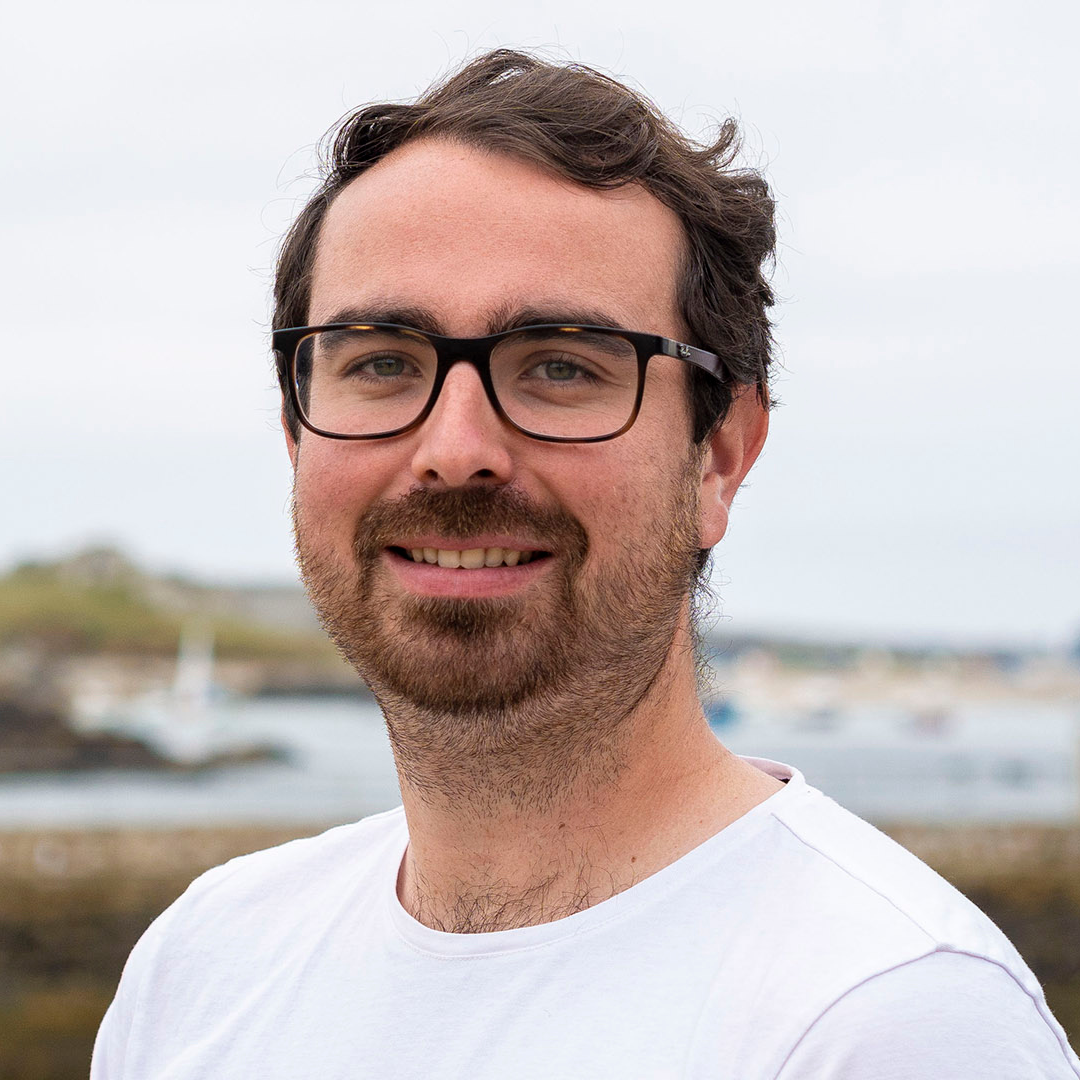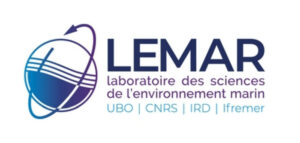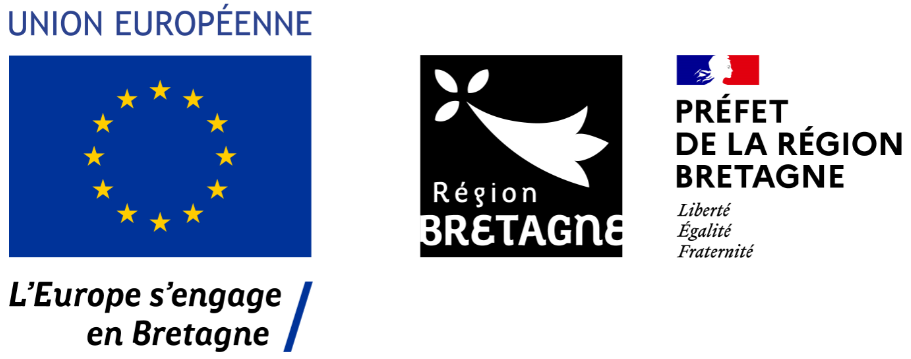
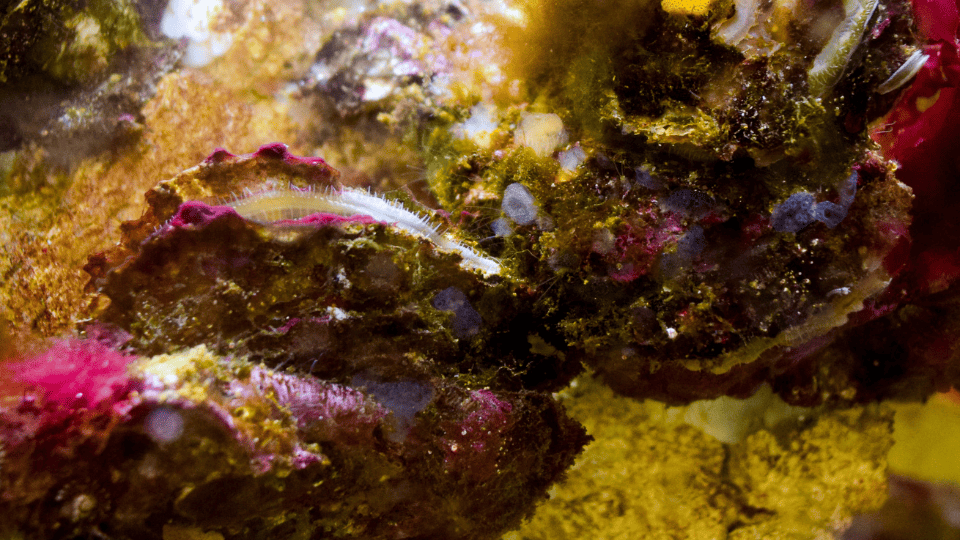
MicroCO₂sme
So that oyster reefs never run flat
Why MicroCO₂sme ?
The star of this project is the oyster. And not just any oyster, but the flat oyster, Ostrea edulis, or Belon as it is known locally. Scientists involved in this project are interested in it because this species, which once populated all European coastlines, has almost disappeared. Imagine for a moment the harbor of Brest 180 years ago. The temperature is 25°C, the weather is sunny… Well, not quite, it was probably more like 12°C, but “still, we should have some beautiful sunny spells”. The port is bustling with activity, with no fewer than 300 crews busy preparing to go “fishing” for flat oysters. At the time, oyster farmers did not exist. Oysters were not cultivated, they were harvested. The bottom of the harbor was dredged by sailing boats to bring up the precious bivalves that populated this area. In this way, 8 to 9 million oysters were sold each year. Imagine that oysters were so numerous that they formed reefs. They were a bit like our Breton coral reefs, only prettier. Younger oysters attached themselves to older ones, creating large three-dimensional structures on the seabed. These structures were so common that these areas were called “huîtrières” (oyster reefs). The term disappeared with the last reefs.
Today, many efforts are being made in France and Europe to rebuild these reefs. However, with global warming approaching, one wonders whether these efforts will be in vain…
Flat oyster ID
Name
European flat oyster (Ostrea edulis) – Mollusk
Habitat
Subtidal area, where the tides never ebb
Alimentation
Oysters are filter-feeders. They feed on planktonic microalgae by pumping water through their gills
Behavior
Gregarious, they settle on each other to form 3D structures called reefs.
The scientific approach of MicroCO₂sme
Numerous efforts to repopulate and protect flat oyster beds are being carried out throughout Europe. However, the physicochemical parameters of coastal waters are changing. The ocean is becoming more acidic and warmer due to climate change. For a calcifying, ectothermic organism (one that cannot regulate its body temperature), this can have major consequences. These effects are compounded by pollution, including microplastics, which are an additional stressor for oysters.
Researchers are wondering whether climate change and plastic pollution could weaken oysters, undermining efforts to restore reefs.
A total of 12 aquariums were installed at Océanolab, representing four environments tested and repeated three times each to ensure the robustness of the study:
- The current Brest harbor (current temperature and pH, no plastic pollution) = Control condition
- The climatic conditions of the Brest harbor in 2100 (+2°C, -0.3 pH units) = Climate change condition
- Plastic pollution in 2100 in the current Brest harbor (current temperature and pH, plastic pollution) = Plastic condition
- Climate conditions and plastic pollution in Brest harbor in 2100 (+2°C, -0.3 pH units, plastic pollution) = Multi-stress condition
A total of 25 farmed oysters, 3 wild oysters and their associated species (crabs, worms, sponges, etc.) are placed in a 250-liter aquarium. The temperature and pH follow the natural seasonal changes in Brest harbor.
A wealth of data was collected during the year: mortality, telomere length, respiration and feeding rates, biodiversity richness, accumulation of plastic derivatives, and much more!
All this data is compiled, plotted in graphs, and analyzed using statistical tests to obtain a clear picture of how the oysters responded to their experimental conditions.
Work in progress!
Science is a long process. Sometimes experiments and sampling take time, other times it’s biological analyses, and for others it’s data analysis. For the Microco2sme project, it’s a bit of everything at once. The results come in slowly, and it’s only once all the results are put together that the puzzle can be interpreted.
Based on the interpretation of the results, the hypothesis can be validated or refuted. We will have to wait a little longer to find out the conclusion of MicroCO₂sme…
The research team
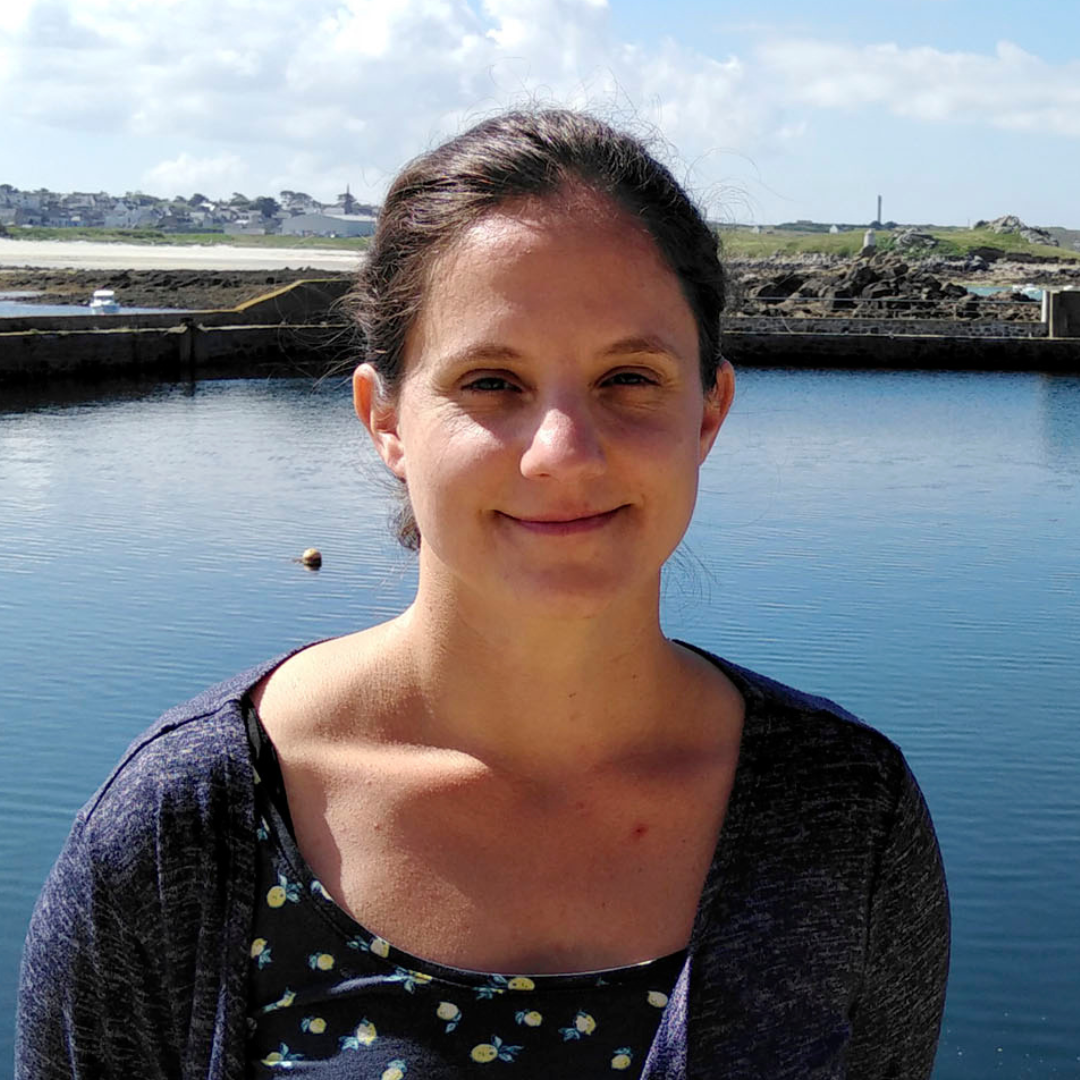
Carole Di Poi
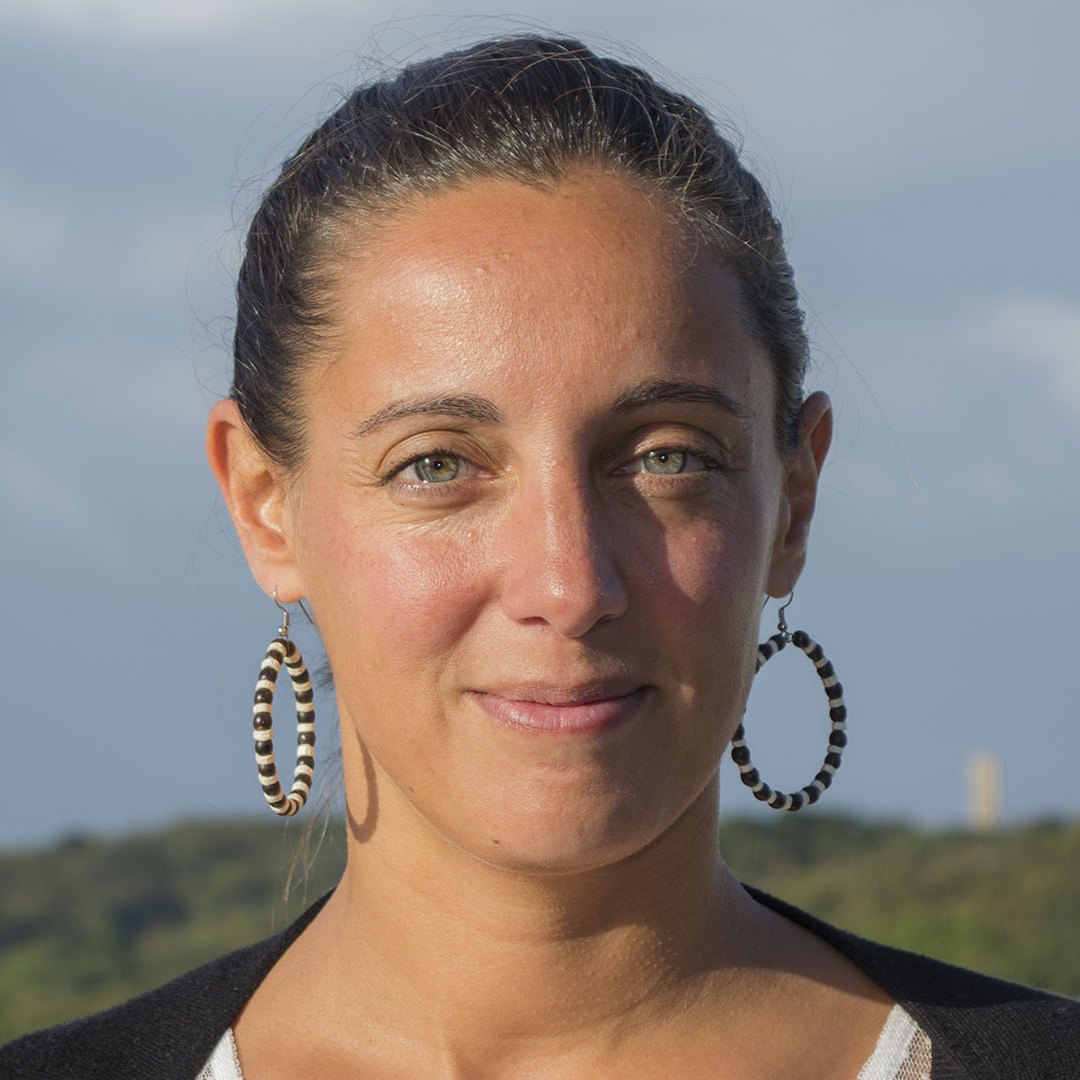
Ika Paul-Pont
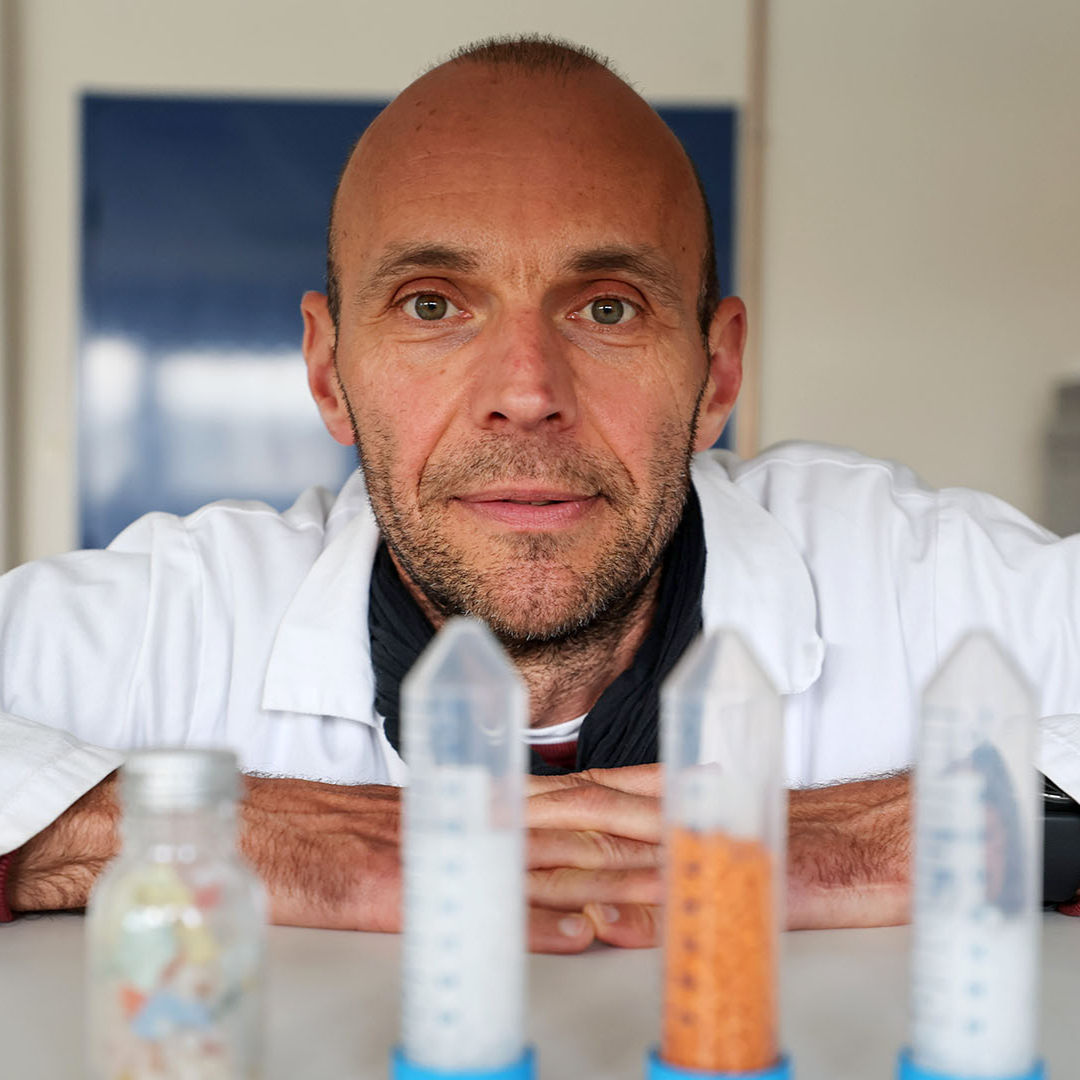
Arnaud Huvet
